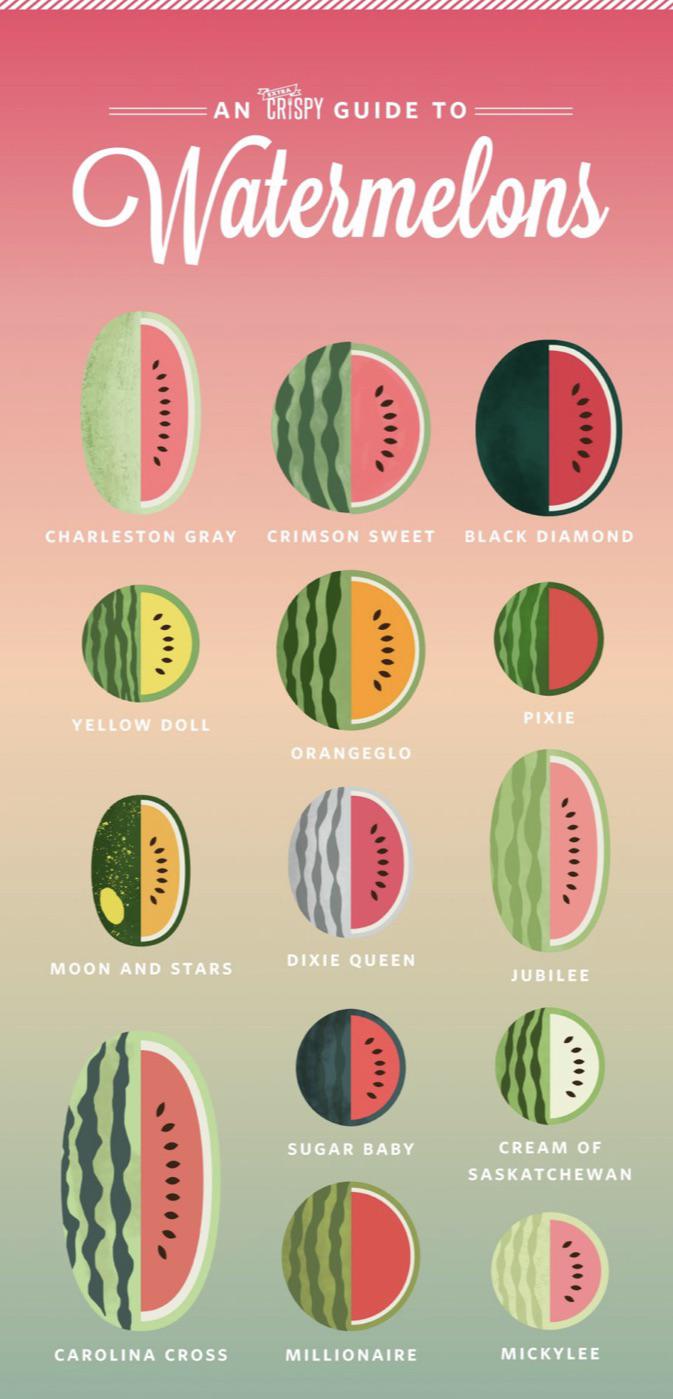
Did you know there are over 50 varieties of watermelon? And that they come in a variety of sizes, shapes and colors? It’s true! Watermelons can be round or oval, yellow or red, small or large. Watermelons are available year-round and they’re a good source of vitamins A, C and B6. Did you know that the darker the color of your watermelon rind the sweeter it is? Watermelons are a summer staple and they’re one of the most iconic foods of summer. They’re also delicious, nutritious, and refreshing—but what do you really know about them?
Let’s break down some facts about watermelons: Watermelons are a great source of vitamins A and C. These vitamins protect your body against diseases like cancer, heart disease, cataracts and macular degeneration (which can cause vision loss). Watermelon is also rich in lycopene, which is a powerful antioxidant that helps reduce the risk of several types of cancer by eliminating free radicals from your body. This nutrient has also been shown to help reduce cholesterol levels! Watermelon contains high levels of fiber which helps improve digestion as well as stabilizes blood sugar levels after eating meals with carbohydrates. It’s important to eat fruits like watermelon because they provide an excellent source of nutrients while being low on calories so that we can enjoy more food without having any adverse effects on our bodies such as obesity or diabetes.
Watermelon is a good source of vitamins A and C, folate, potassium and even lycopene. It’s also low in calories and high in water content (this makes it great for rehydrating your body after a workout). The health benefits range from helping your eyesight to relieving constipation. If you have ever had an upset stomach or an upset stomach, it may ease that pain too if you eat watermelon regularly (the fiber will help).
A watermelon is a very popular fruit that comes in many different shapes, sizes, and colors. You can purchase them at any local grocery store or farmer’s market for around $4.50 each! You may have heard of the most popular types:
- Seedless Watermelons – The most common type of watermelon available in stores today. They tend to have less seeds than other varieties, but they’re also more expensive than other types of melons like honeydew or cantaloupe. These are great if you don’t want to deal with removing seeds from your food while eating it!
- Red Flesh Melons – This variety has dark red flesh instead of green flesh like seedless varieties do because they contain higher concentrations of lycopene than regular green-fleshed ones do (which gives them their signature red color). Studies show that diets high in lycopene reduce risk factors associated with heart disease and cancer development so if this sounds interesting then try adding some slices into salads or sandwiches sometime soon!
- Yellow Flesh Melon Varieties – If there’s one thing we know about yellow-fleshed melons: They taste sweeter than those that come with dark red flesh inside them (and sometimes even smell sweeter too). But just how much sweeter? Well there’s no way around testing out some samples before buying anything – just remember though that these tastes will be subjective since everyone has different preferences when it comes down what foods they enjoy most often eating too.
Watermelon is a great fruit to enjoy in the summer and we hope this guide has given you some insight into what makes them so special. Watermelon is a versatile and very delicious treat that can be enjoyed in many different ways, whether it’s eaten out of hand or used as an ingredient in cooking. There are also a number of health benefits associated with eating watermelon regularly! Watermelons are one of those foods that everyone should try at least once in their lifetime because they make life more fun when they’re around.
